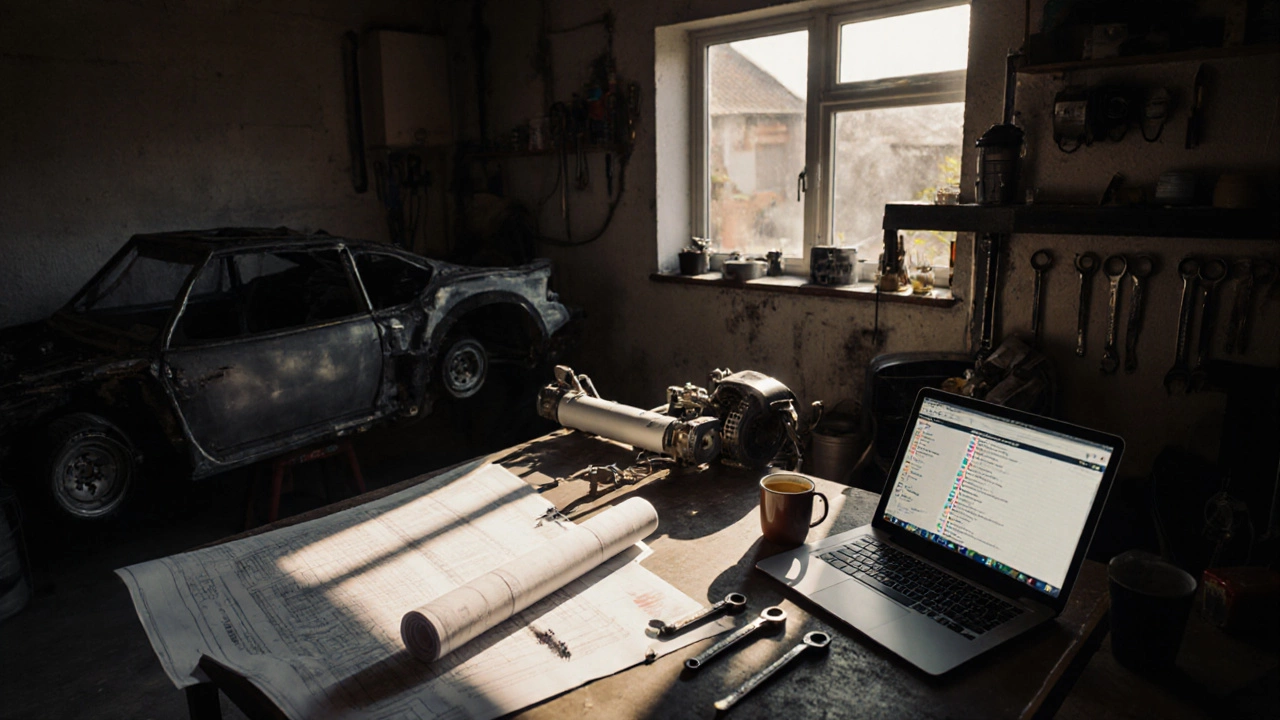When working with Kit Car Assembly Timeline, a step‑by‑step schedule that guides hobbyists from frame to finished road‑ready vehicle. Also known as DIY kit car build schedule, it helps plan each phase.
First up is Chassis Assembly, the foundational stage where the donor frame is cleaned, welded, reinforced, and fitted with mounting points for suspension and drivetrain. This step sets the structural integrity, so a solid chassis reduces flex and improves handling. You’ll need a MIG welder, proper jigs, and a clear measurement plan. The timeline typically allocates 20‑30% of total build time to chassis work because mistakes here ripple into every later stage.
Next comes Engine Installation, mounting the powerplant, connecting mounts, exhaust, and integrating the cooling system. Engine choice dictates many downstream decisions – a lightweight V‑twin may need custom mounts, while a larger V8 could require reinforced subframes. Expect about 15‑20% of the total schedule for this phase, especially if you’re fabricating custom adapters. Proper torque on bolts, alignment checks, and a thorough leak test are non‑negotiable to avoid costly rework.
While the engine roars to life, Wiring & Electronics, the brain of the car that links engine, lights, gauges, and control modules together become critical. A clean loom not only looks professional but also prevents intermittent faults. Planning the harness layout early saves hours later; use color‑coded sleeves, label each circuit, and follow a wiring diagram that matches your engine and instrumentation. Allocate roughly 10‑12% of the timeline here, because troubleshooting at this stage is far more time‑consuming than during mechanical assembly.
With power and control in place, you move to Suspension, Interior & Paint Finish, the final layers that define comfort, aesthetics, and road‑legal compliance. Suspension tuning (springs, dampers, and alignment) often overlaps with interior fitting – seats, dashboard, and trim must clear the new geometry. Paintwork, whether a wrap or traditional coat, adds another 10‑15% of total build time, especially if you’re addressing rust or surface imperfections first. This stage benefits from a checklist: surface prep, primer, base coat, clear coat, and a final quality inspection.
The kit car assembly timeline isn’t a rigid calendar; it’s a flexible framework that adapts to part availability, skill level, and unexpected setbacks. To stay on track, break the project into milestones, assign realistic time blocks, and keep a daily log of progress. Tools like a Gantt chart or simple spreadsheet can highlight bottlenecks – for example, if chassis welding runs over, you can shift interior work forward to keep momentum. Remember, the timeline also includes procurement, testing, and legal compliance (registration, inspections, and emissions). By treating each major entity – chassis, engine, wiring, and finish – as a distinct module with clear inputs and outputs, you create a build process that’s both efficient and enjoyable.
Below you’ll find a curated set of articles that dive deeper into each of these stages, from body kit installation tips to detailed guides on wiring and interior styling. Explore the tips, tools, and real‑world examples to fine‑tune your own kit car assembly timeline and bring your custom ride to life.

Learn how long a kit car build really takes, from planning to registration, with realistic hour estimates, tips, and a comparison table for different kit types.